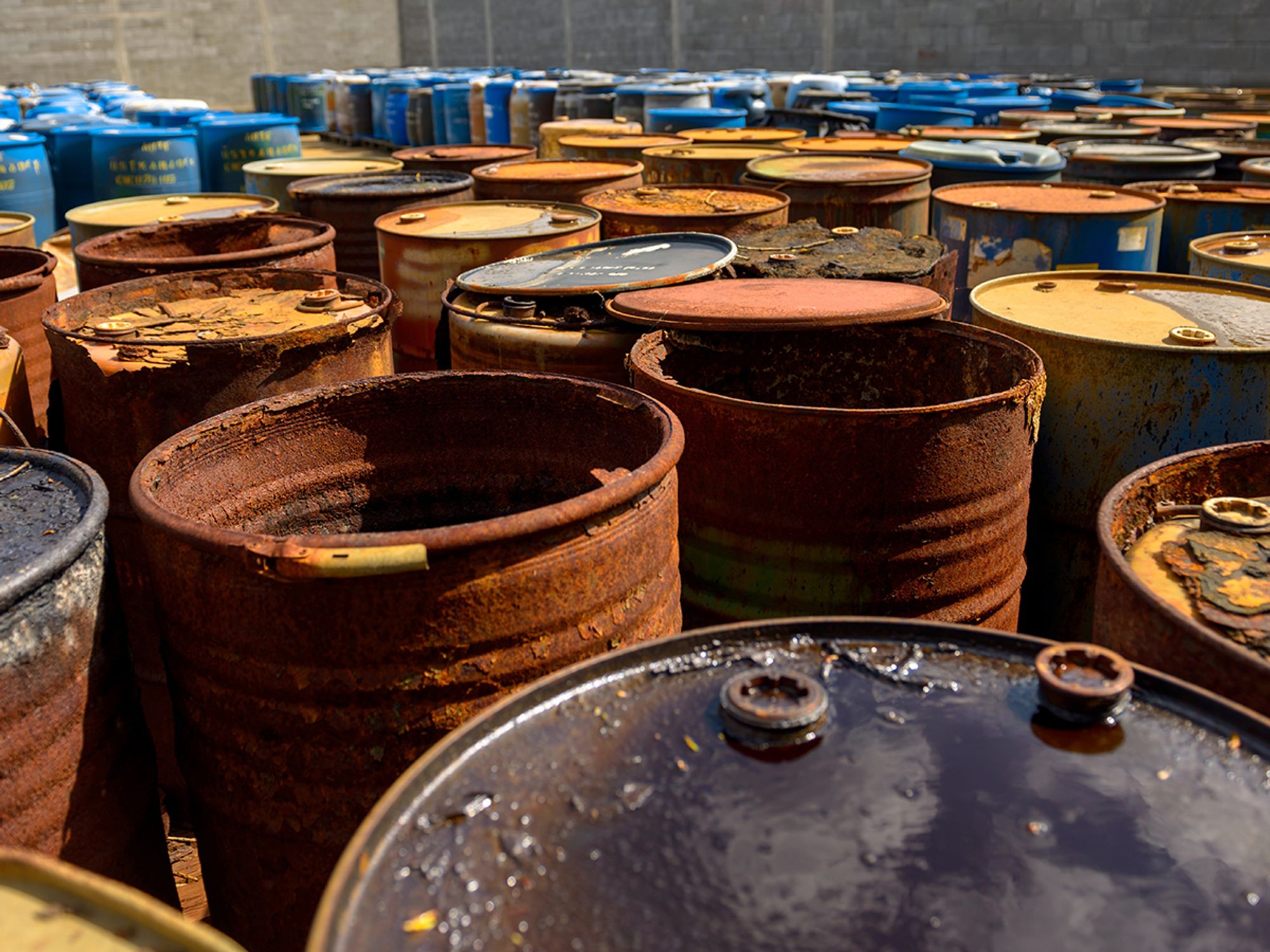Hazardous waste cleanup operations

- The goal of hazardous waste cleanup is to make the site safer for people and the environment.
- Exposure to hazardous wastes through skin contact, skin absorption, and inhalation pose the most significant risks to employees at cleanup sites.
Hazardous waste cleanup operations may include any of the following ways of dealing with hazardous waste:
- Removing it,
- Containing it,
- Incinerating it,
- Neutralizing it,
- Stabilizing it,
- Clearing it up, or
- Processing and handling it.
Why is cleanup necessary?
When a large quantity of hazardous waste is stored or disposed of in an unsafe condition at unsafe locations, or when dump sites with hazardous waste have been abandoned, this presents a potential danger to human health and the environment. That’s because hazardous waste may be, for example:
- Ignitable,
- Corrosive,
- Reactive, or
- Toxic.
Through the treatment or removal of improperly stored or discarded waste and subsequent disposal of it at an approved site, hazardous waste cleanup operations help to correct these problems. The ultimate goal of cleanup activities is to make the site safer for people and the environment.
Employee protection is important
Paragraphs (b) to (o) of 29 CFR 1910.120 and 1926.65 require employers to protect hazardous waste cleanup workers during cleanup operations and help them handle the wastes safely and effectively.
That’s because working with hazardous wastes can be dangerous and may require employees to enter potentially hazardous and unpredictable environments. Some chemical-related hazards they may encounter at a cleanup site include:
- Toxic or poisonous substances,
- Corrosive materials,
- Eye or skin irritants,
- Respiratory or skin sensitizers,
- Asphyxiants,
- Cancer-causing agents,
- Oxygen-deficient or oxygen-rich atmospheres,
- Radioactive materials,
- Biological agents like bacteria and viruses,
- Flammable or explosive materials,
- Self-reactive substances, and
- Compressed gases.
In addition to hazardous wastes, there can be other site hazards, such as:
- Electrical hazards;
- Confined spaces;
- Heat or cold stress;
- Equipment and tool hazards;
- Slip, trip, and fall hazards;
- Falling objects;
- Ergonomics issues;
- Excessive noise; and
- Weather-related hazards.
Exposure to hazardous wastes through skin contact, skin absorption, and inhalation pose the most significant risks to employees. Protecting employee safety and health is a major consideration when hazardous substances are present.
It is therefore important for employees to be sufficiently trained to recognize and deal with hazardous substances that may be present and any hazardous situation that may arise at a cleanup site.
